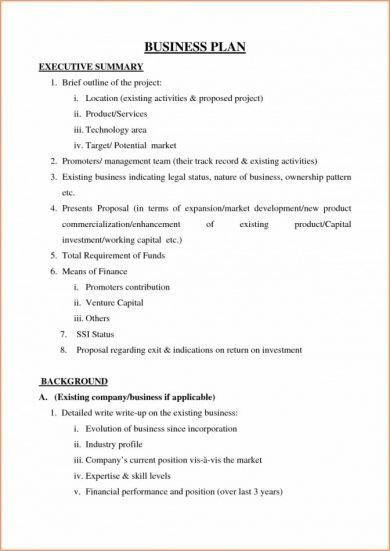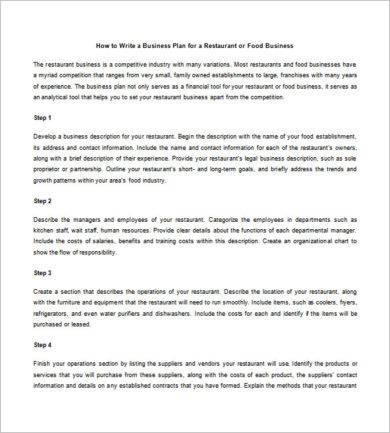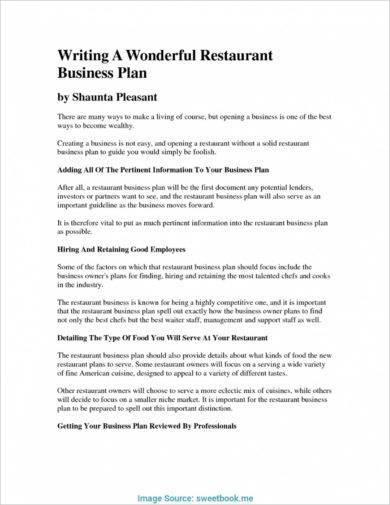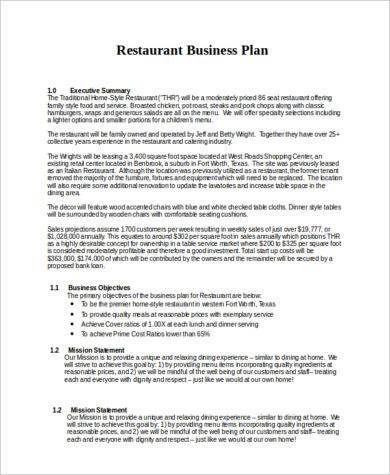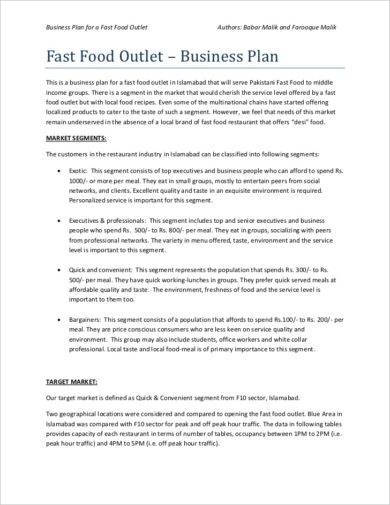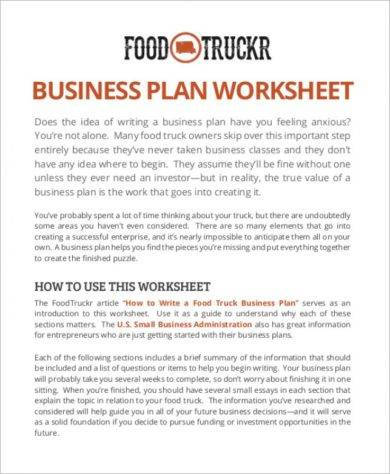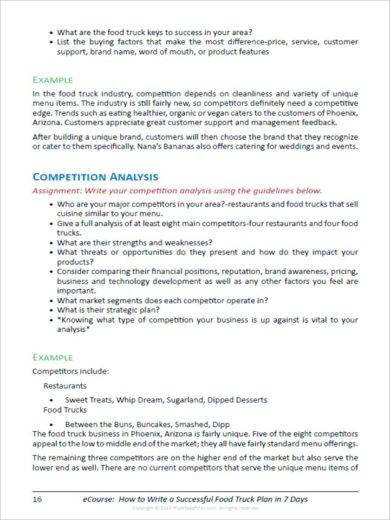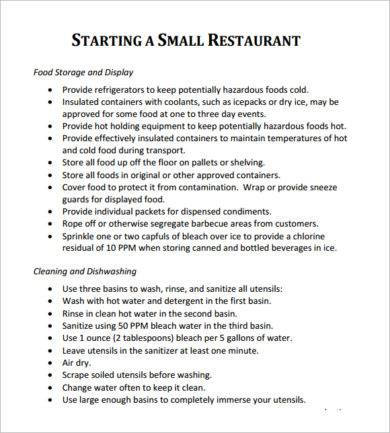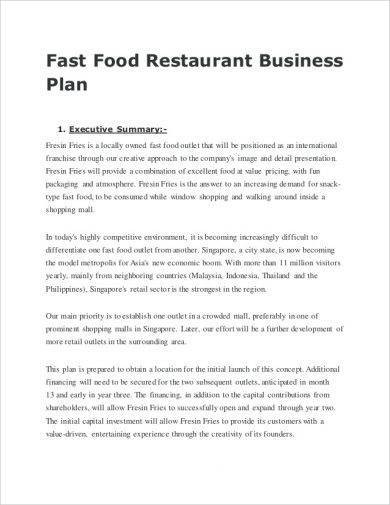16+ Restaurant Catering Business Plan Examples to Download
Creating a business plan has been a necessity in starting a business in this modern business environment. Gone are the days when you can easily set up a business with cash in one hand and determination in another. But this is not to take away from the effectiveness of business plans, as they have become very effective tools for start-up entrepreneurs and also seasoned capitalists.
Restaurant Business Plan Example Template
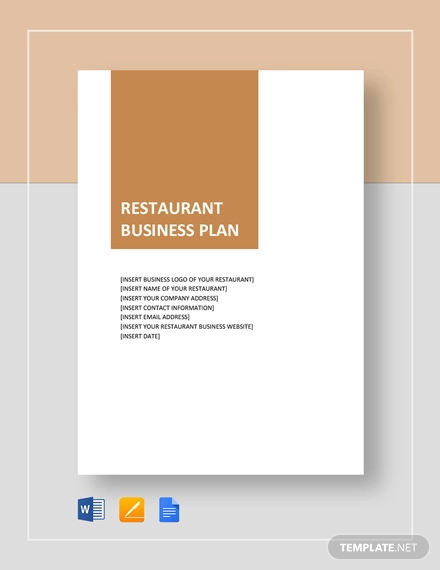
Fast Food Restaurant Business Plan Example Template
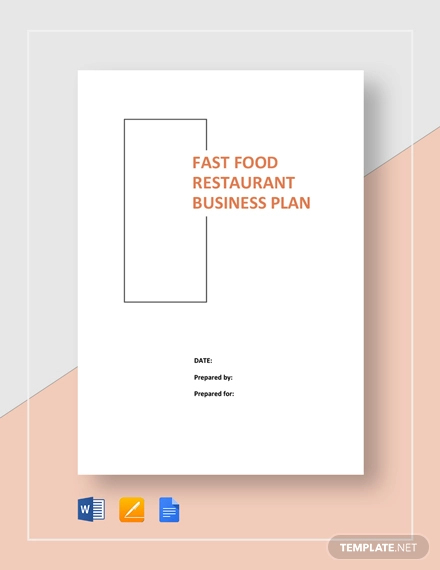
Mexican Restaurant Business Plan Example
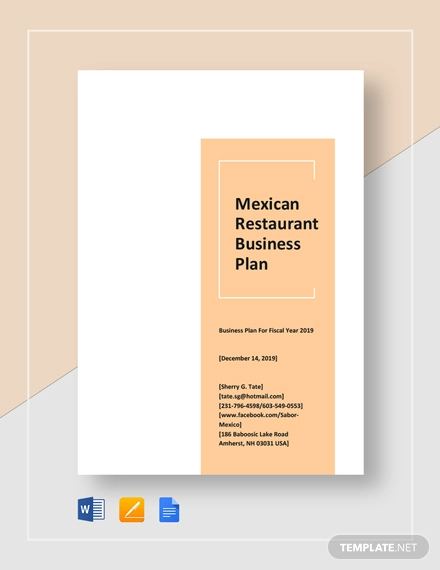
Creating a business plan is now a key component in establishing a business, so if you are planning to start one in the near future, you need a comprehensive business plan guide. In this article, we have provided examples in PDF as well as tips in writing your own simple business plan.
Catering Business Plan Example Template
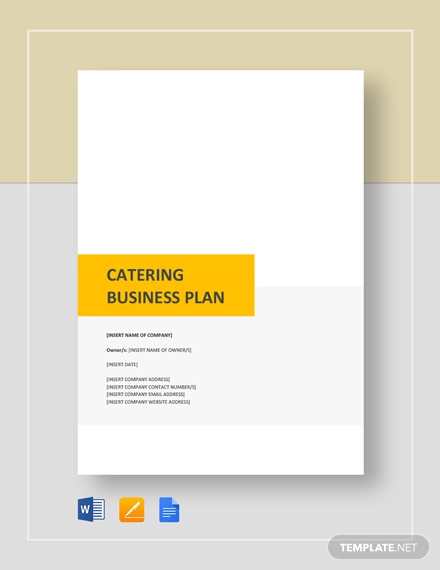
Mobile Catering Business Plan Example
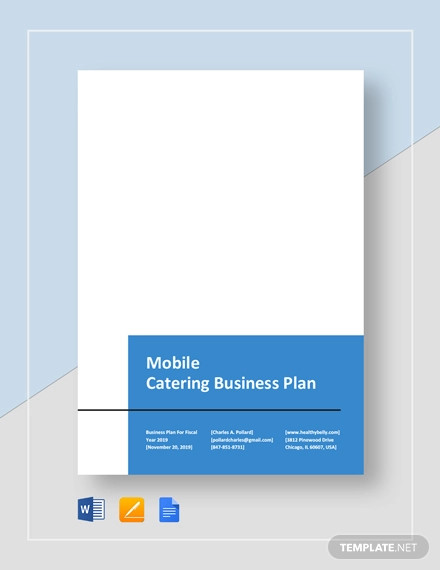
Catering Company Business Plan Template
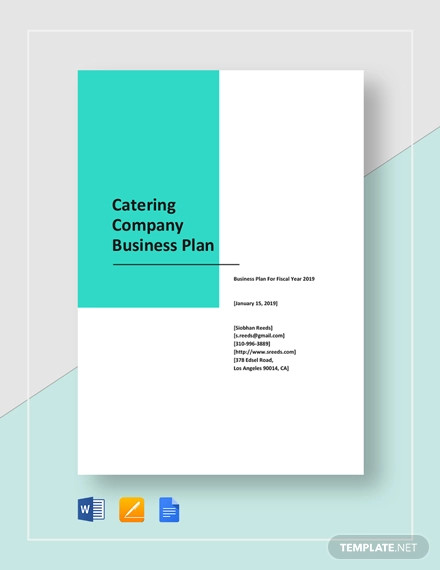
Restaurant Business Plan Example
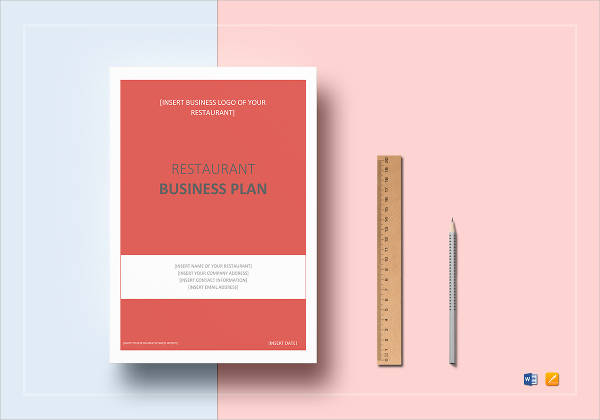
Catering Business Plan Example
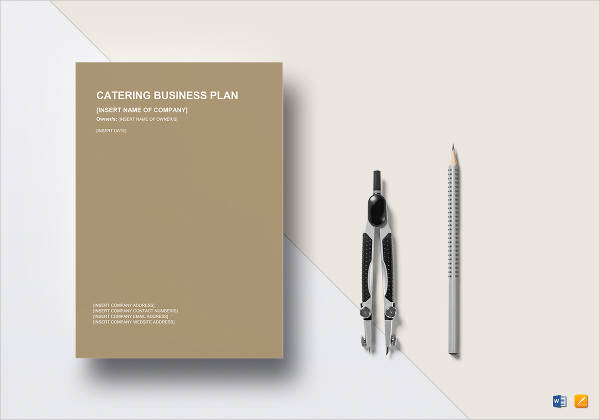
Summary Background Food Business Plan Example
Essential Components of a Business Plan
The business plan, similar to other business documents, needs to follow an organized format. You definitely don’t want your readers to get confused with a business plan having a jumbled structure, especially if you are presenting the business plan to possible investors. We listed below five essential or key components that are commonly found and that you should also include in your own business plan. You may also see weekly plan examples.
1. Company background
Listing down the company background or company profile should be one of the first sections written in a business plan. It introduces the reader to the company as well as its products and services. Just remember that a company background should only be a short summary and not a lengthy description of the company, as there are still other aspects that need to be discussed in the general business plan.
The business plan should not only cover the basic information about the company, but also information on how the business organization can set itself apart from competitors.
Among the information to be listed down in the company background are the following: full company name and physical address (if the company operates in other locations, list them down as well), products and services, and online profile (website information and social media profile). You should also list down your competitive advantage and a summary of strategies you will be using in your daily operations. You may also like risk plan examples.
2. Organizational structure
The organizational structure pertains to the hierarchy of your organization. List down all the individuals who hold important positions in the company.
Although the organizational structure involves listing down high ranking officers, rank-and-file employees or employees who are positioned at the lowest end of the ladder should also be included. But, if there are hundreds or even thousands of rank and file employees, then it is no longer a necessity to include them all especially in the business plan. You may also check out advertising plan examples.
Remember that an organizational structure will be dependent on the structure of your own company. Not all business organizations have a CEO or COO, and not all companies are structured like a corporation or a partnership.
The organizational structure should be two to three pages at most. The first page will compose the actual organizational structure diagram, and the second and third pages will provide a short description of the individuals and their respective positions or designations. You might be interested in annual plan examples.
3. Marketing Plan
The marketing plan is the first of three sub-plans in a business plan (together with the financial and marketing plan). If the company background presented a short summary of the products and services, the marketing plan will discuss these products and services in full detail. The marketing plan will also discuss the marketing strategies and methods that will be used in the company’s daily operations.
As previously mentioned, the marketing plan will discuss the company’s products and services in detail. The discussion will involve product specifications (product design and image, product parts, set-up instructions, variations and models, manufacturing date) and how the products differ from competitors.
Information regarding how the products provide a differentiation (or competitive advantage) against competitors should be included in the business plan even though it provides confidential information. The information is vital for investors if they intend to invest in your business. You may also see implementation plan examples.
If the company has a catalog of more than a hundred products, then discussing all of them in the business plan is not necessary. It would take too much space not only in the simple marketing plan, but in the business plan in general. You can just list them instead and include their primary specifications.
The marketing plan will also include specific marketing strategies which will be deployed by the company. The main purpose of using marketing strategies is to increase the company’s visibility among customers in which the said marketing campaigns should be converted into revenues and eventually profit. There are numerous marketing strategies that can be used, and among them are the following:
- traditional marketing methods (attractive posters, elegant flyers, standard brochures, simple billboards, tarpaulins)
- digital marketing methods (website, social media, digital posters, and digital billboards)
- strategic planning tools (SWOT analysis, PESTLE analysis, Porter’s five forces, balanced scorecard, growth-share matrix)
Implementing strategic planning tools should be a priority in every marketing plan. Strategic planning tools are used to analyze the internal (products and services, company policies, organizational structure) and external factors (customers, taxes, government activities, natural environment changes) of the company.
Most companies use a combination of traditional and digital marketing methods, although companies these days are leaning toward using digital marketing methods. The reason for this is because digital marketing methods are less costly and provide a farther reach not only for the company’s target market but also potential customers and different market segments. You may also like quality plan examples.
4. Financial Plan
A financial plan follows the marketing plan as the sub-plan which needs to be included in a business plan. The business plan assumes that you have not started operations, so the financial plan will center mostly on financial forecasts and profitability ratios. The forecasts will predict revenue your business will be earning not only short term but also long term (three to five years).
For investors, they will base their decisions to invest in your business relying mostly in your financial plan. In the first place, they are willing invest because they see potential in your business which you don’t only earn, but your investors as well. You may also see management plan examples.
There are numerous financial forecast tools and profitability ratios you can use in your financial plan—among them are rate of return (ROR), return on investment (ROI), return on assets (ROA), return on equity (ROE), profit margins, net present value, cost of capital, and financial forecast analysis. You may also like training plan examples.
If financial terms and analysis overwhelm you and the company does not want to risk investors backing out, then you can always hire a third party to create the financial plan (preferably a CPA). Take note that before the financial plan will be created, you should sit down with the third party and lay out a blueprint on what you want to achieve in the general financial plan.
For example, if you want to have an 20% increase in profit from year three to five or want to cut down on expenses by the end of year five, you should inform those plans to the third party creating the financial plan.
5. Sociocultural Plan
A formal business plan is not just about marketing and profits, but business organizations should also understand the sociocultural aspect of starting a business. Sociocultural relates to the environment and communities (people and culture) which are directly affected by the business being established in that area. Sociocultural is also aimed culture—language, laws, politics, economic status of citizens, etc.
Basically, the sociocultural discusses if the business being set up will not create any contradictions to the culture of the people where the business will be established and eventually the natural environment. A sociocultural plan is written similarly to a company’s corporate social responsibility (CSR), where a company has a duty to protect the environment and communities through organizing various social programs. You may also check out evaluation plan examples.
An example of a scenario that can be further discussed in a sociocultural plan is setting up a restaurant mostly serving pork dishes in a predominant Muslim community. As stated in the Quran (holy book of Muslims), Muslims are prohibited to consume pork as the pig is filthy and unholy. You might be interested in daily plan examples.
The restaurant cannot force itself to start operations in that area, not only because it won’t earn but it will also face intense backlash by the people. If the restaurant is determined to set up shop, it should make drastic changes in its menu and avoid serving pork dishes. You may also see action plan examples.
Outline for Restaurant Catering Business Plan Example
Quality Restaurant Catering Business Plan Example
Intro for Restaurant Catering Business Plan Example
Fast Food Outlet Business Plan Example
Easy-to-Cook Food Ideas for Your Catering Business
The simple menu for your catering business doesn’t need to compete with a five-star restaurant. In fact, the simpler the menu and the more familiar your customers are with your dishes, the easier it is for you and your staff to cook the dishes, which can easily help you maximize revenues.
Listed below are some easy-to-cook food ideas you can include in your catering menu.
1. Cheese Puffs
Start off your three-course catering meal plan with the simple yet appetizing cheese puffs. These “crispy on the outside and chewy on the inside” cheese-based appetizers are the perfect dishes to let guests crave for what’s next in your menu. They are easy to make, and if guests are not careful enough, they might be full before the main entrees come in.
The most simple cheese puffs comprise of eggs, butter, and flour for the dough (puff pastry) and mozzarella or cheddar cheese. There are ready-made puff pastries that can be bought at supermarkets but they are more expensive compared to making the puff pastry from scratch. You can always switch it up by adding various ingredients in the cheese puffs, for example bacon, ground pork, bell peppers, or basil. You may also see event plan examples.
2. Mini Burgers
If cheese puffs are too bland for your taste (and maybe for your guests as well), go for the American favorite: hamburgers. But instead of regular-sized burgers, make miniature versions of these delicious and juicy treats. You can go for mini burgers that can be consumed in one bite or go for slightly bigger ones. You may also like transition plan examples.
No one can resist the taste of a juicy grilled patty combined with the flavors of tomatoes, caramelized onions, ketchup, and lettuce which is then finished off with two soft sesame-filled buns.
3. Fried Chicken
Similar to hamburgers, fried chicken is also another American favorite that you should include in your catering menu. Making fried chicken is very simple that even a 10-year old can easily do it. But despite the simplicity, fried chicken is usually the first food consumed in a party or gathering. For a dish that only requires salt and pepper (mostly), it is that delicious.
Don’t forget the gravy when serving fried chicken, as these two go together like Hall & Oates, Han Solo & Chewbacca, and Michael Jordan & Scottie Pippen.
4. Lasagna
Lasagna can either be served as an entree or a side-dish. This dish originating from the land of Mona Lisa, Italy is also a worldwide favorite. The Italian flavor is in full effect with the lasagna, with the rich meat-based Bolognese sauce complementing with the sumptuous ricotta cheese and the perfect lasagna dough. The flavors in each bite easily transports your guests to food paradise, and they will certainly crave for more. You may also check out sales plan examples.
5. Fish Fillet (with Lime Sauce)
Your catering menu should not focus on the pork and beef-based dishes alone, as you might have some guests who are on diet and only prefer fish and vegetable dishes.
Fish fillet with lime sauce should be on the top of your attractive menu priority list as it is not only to easy to make, but it is also a very flavorful dish. The saltiness and crunchiness of the fish blends perfectly with the sourness and rich texture of the lime sauce. Add in some chopped parsley or cilantro and your fish fillet will be the perfect combination of class and taste.
Business Plan Worksheet Food Truck Example
Competition Analysis Catering Business Plan Example
Restaurant Establishment Plan Example
Restaurant Business Plan Summary Example
We hope you found this article to be informative as you will be making your own restaurant and catering business plan.



